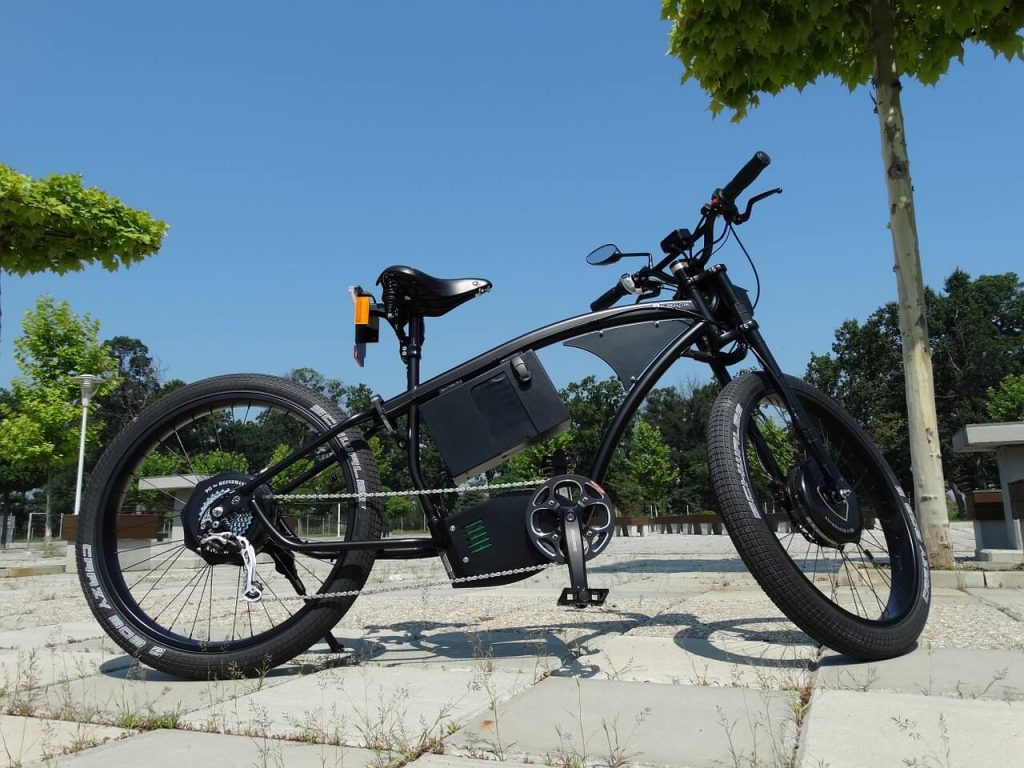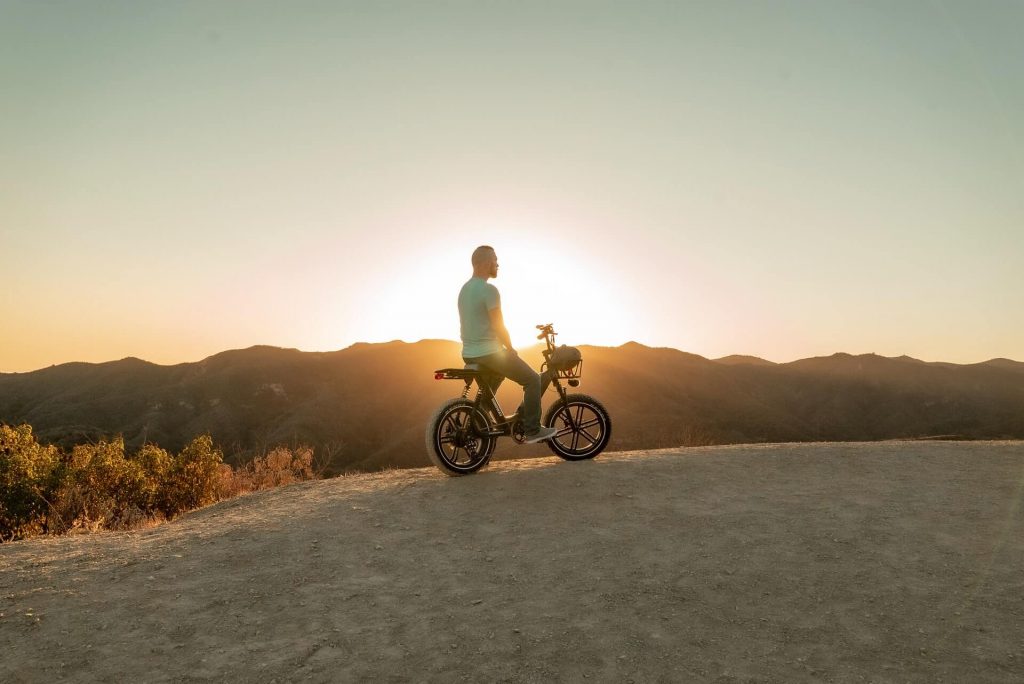Electric bikes are a relatively new addition to the market, but they are becoming more and more popular every day, and for a good reason. Electric bikes have many advantages: they are fast, convenient, powerful, and last but not least, they can help you achieve a reduction in your carbon footprint because, unlike a car or a bus, they do not release any dangerous chemicals into the air.
There are a lot of questions surrounding electric bikes; the most frequently asked question is: how fast do they go? The simple answer is they can go as fast as you are able to pedal it. Even though they have a motor, you still have to put in the work; after all, they are still bicycles. So, what’s the point of the motor then? You might be asking. Well, their powerful motors assist you in achieving greater speed without all the sweat.
What Qualifies as a Fast Bike?
A fast bike is typically defined as a bicycle that can cover large distances quickly and efficiently. The key factors that determine the speed of a bike include its frame design, wheel size, and aerodynamics, as well as the skill and strength of the rider. A lightweight frame, large wheel size, and aerodynamic design can all contribute to a faster overall speed, but the rider’s ability to generate power and maintain good form is also critical. Ultimately, a fast bike is one that can help riders achieve their goals, whether that means breaking personal records, competing in races, or simply enjoying a more efficient and exhilarating ride. The average speed of a normal bike is around 12 to 15 mph, so a fast bike is a bike that averages more than 15 mph.
How Fast Can an e-Bike Go?

An e-bike can go FAST, that we can say for sure. If you’re pedaling without much effort, an electric bike can go from 20 to 28 mph, depending on the type of e-bike. But, if you want to go faster, the motor will not support you, so you will have to reach your desired speed by doing some of the work yourself.
Will the motor influence the speed?
The motor is what moves the bike forward and influences the speed depending on how hard you pedal. It will help you go up to 15.5 mph with little or no pedaling, but if you want to go faster than this, the motor won’t be of help, so you will have to pedal harder.
Battery capacity and calculating range and speed
One of the most important parts of an electric bike is its battery. It determines the power, range, and speed of your bike. Most e-bikes have a 36 or 48 Volt battery. But there are also some e-bikes with a battery capacity of 52 Volts or more. If you want more power, range, speed, and higher efficiency, choose an e-bike with a higher battery capacity.
The largest range of e-bikes goes up to 250 miles. These types of bikes are best for longer rides and have 3 kW batteries; smaller batteries (400-500W), on the other hand, reach fewer miles than bigger ones without recharging (about 60-70 miles).
The range of an electric bike’s battery can be affected by various factors such as weather, pressure, weight, battery type and size, riding style, and the type of terrain.
Even though there are different types of batteries, the most commonly used ones are lithium-ion batteries. These batteries are convenient and efficient but keep in mind these rules before using them: charge them fully before using them for the first time, charge immediately after discharge, avoid constant heating batteries because it will reduce their lifespan, do not charge the batteries if they are very cold but let them warm up at least to room temperature, and make sure the chargers are not fake.
You can determine the range by battery capacity and riding speed; as a general rule of thumb, the higher the battery capacity, the higher the range is, and the higher speed generally equals less range. Calculating range and speed will help you figure out how much battery life you have left, so here’s how you can do it:
The first thing that you should know is that a battery is measured by its voltage (V) and ampere-hours (Ah) rating; so, just multiply the V and Ah to calculate the Wh of an electric bike:
E.g., 30V x 20 Ah = 600 Wh (capacity)
Keep in mind that battery consumption in flat terrain is minimal compared to rougher mountainous terrains.
How Do the Types of Terrain Affect eBikes Speed?

Electric bikes are great for cycling on different types of terrain. The type of terrain can greatly affect the speed of an eBike. For example, on flat, smooth roads, an eBike can easily reach high speeds, especially when powered by a strong motor. However, when riding on rough or hilly terrain, the speed of an eBike can be significantly impacted. With a good battery and motor, you will be able to ride steep hills with less effort than you would with conventional bikes. Of course, rougher, steeper, or mountainous terrain can slow you down and require more pedaling if you want to go faster.
The Dangers of Fast eBikes
Electric bikes have their downside, too; they can be dangerous. The major dangers that are related to fast electric bikes are starting from a high gear, not respecting the speed limit, and colliding with pedestrians or other cyclists, among others. Electric bike injuries can usually be more serious than injuries from conventional bikes since e-bikes go faster.
To sum it up, electric bikes can be a great means of transportation. They are fast, and they have many advantages, such as they’re efficient, easier to ride, and great for the environment. They can make your journey easier, but be careful when riding them because they can achieve higher speed in a very quick time, which can result in minor or severe injuries. Both of them can surely be a huge mood-shattering.
The Bottom Line
The speed of an electric bike can vary greatly based on several factors such as the power of the motor, the terrain being ridden on, the rider’s ability to control the bike, and other factors. It is important to note that the speed of an electric bike may also be limited by local laws and regulations, which can set maximum speed limits for eBikes. Regardless of the speed, electric bikes offer a convenient and efficient way to get around and are becoming increasingly popular as an alternative mode of transportation. With their ability to assist riders with pedaling, they provide a smooth and effortless ride, making them a great choice for riders of all skill levels and fitness levels.




